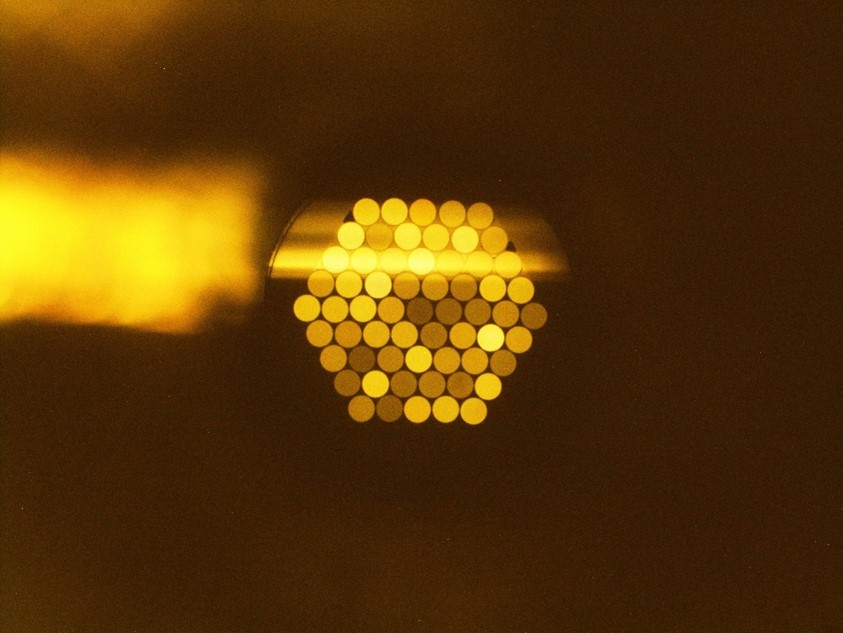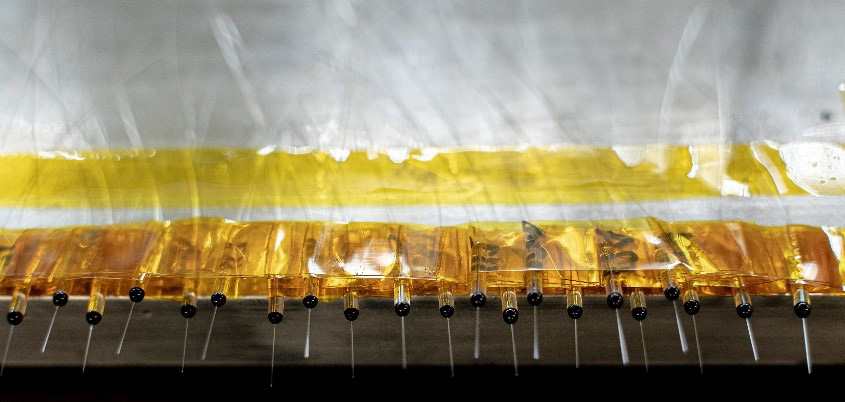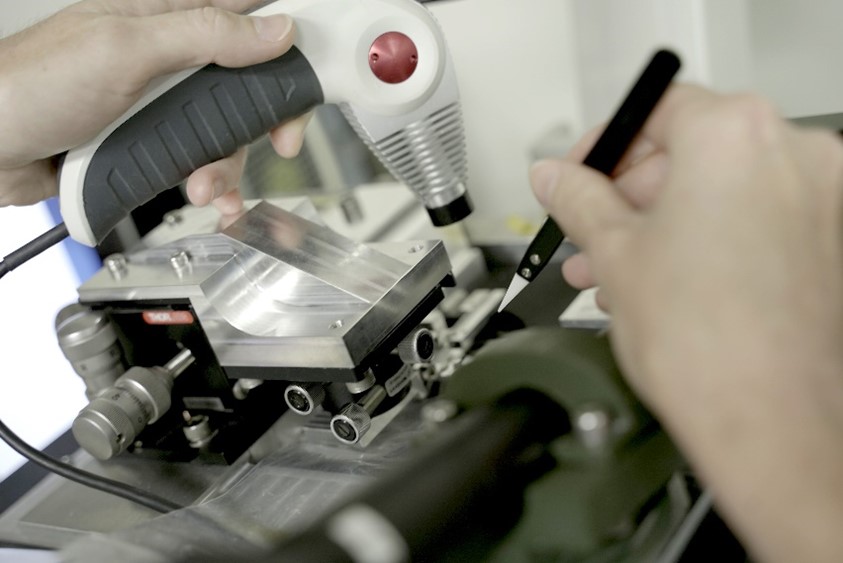The Hector instrument is in its final assembly stage and will be ready to ship to the telescope mid-year ahead of first light in July.
Hector is the next dark time instrument for the Anglo-Australian Telescope (AAT) at Siding Spring Observatory in NSW. The new workhorse instrument will carry out a survey of 15,000 galaxies, using unique fibre-based integral field units, called hexabundles.

Credit: Adeline Wang/Astralis-USyd
The hexabundle technology allows for a 3D view of stars and gas in galaxies, including the rotations and complex kinematics that cannot be seen by single-fibre galaxy surveys.

Credit: Adeline Wang/Astralis-USyd
The new Hector spectrograph will provide the highest spectral resolution of any large multi-object integral field spectroscopic survey, and the new positioner’s unique design will minimise losses due to telescope telecentricity for the first time.

Credit: Adeline Wang/Astralis-USyd
The Hector Galaxy Survey will explore how galaxies in the local Universe formed by using the dynamics of stars and gas to reveal how mass and angular momentum build up and how star formation evolved to create the vast array of galaxy morphologies seen today.
